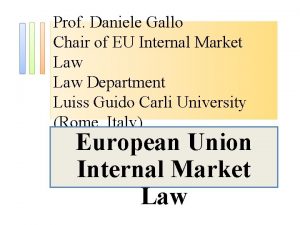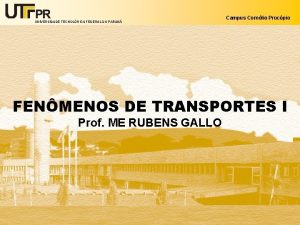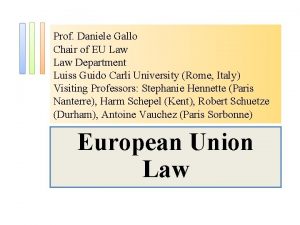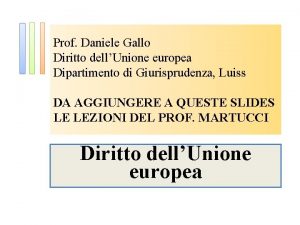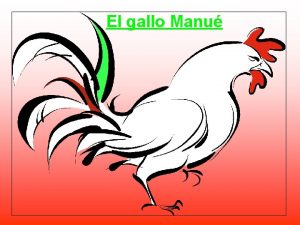Prof Daniele Gallo Chair of EU Internal Market






- Slides: 6

Prof. Daniele Gallo Chair of EU Internal Market Law Department Luiss Guido Carli University (Rome, Italy) European Union Internal Market Law

GENERAL AND PRACTICAL INFORMATION • Myself • Attendance et similia ü Signatures ü Written test/exam ü Active participation ü Program: slides + notes + materials + book (for clarification) + detailed lessons (parts, chapters etc. ) ü Rationale of being “frequentanti” • Teaching assistant: Eugenio Olita (PHD) • Homepage (updated day after day, lesson after lesson) • Book: to buy or not to buy and where to find it? Which one? Chalmers et al. (selected pages), Weiss (all), Schuetze (selected pages…maybe too short)?

DETAILED PROGRAM • Check it out on the web

PART I – INTRODUCTION TO THE COURSE CH. 1 –OVERVIEW ON THE CONCEPT OFEU INTERNAL MARKET • EU substantive/advanced law ü What is not substantive? EU institutional law which means… • Law of the market of the EU as the dynamic and evolving part of EU law, subject to multiple changes brought by EU institutions (CJEU amongst others – caw law at the core) ü Why dynamic and evolving? At the core lie the freedoms of movement, i. e. , the creation of a common/single/internal market ü What does “freedom of movement” actually mean? How the circulation of goods, persons, services, capitals is regulated at EU level? What is its role in terms of the construction of the economic and social EU constitution? ü EU originality (supra-nationalism vs other regional systems): primacy/direct effect + broadness of areas of intervention (ex. , liberalization and privatization)

PART I – INTRODUCTION TO THE COURSE CH. 2 –BRIEF REMARKS ON THELISBON TREATY • In force since 1 st December 2009 • Crucial institutional changes introduced by the Treaty: ü two treaties of equal nature – TEU and TFEU ü for us: TFEU ü not anymore three pillars but a single framework ü Nice Charter with the same legal value of the treaties ü QMV extended in many areas ü greater parliamentary involvement • No relevant amendments on the internal market per se

PART I – INTRODUCTION TO THE COURSE CH. 3 – THE EU AND ITS CRISIS OF LEGITIMACY • Debt crisis and immigration • Global crisis and European crisis: from the US’ housing markets as well as the collapse of the Lehman Brothers bank to Ireland then Greece • Troijka and new international agreements (i. e. , European Stability Mechanism, Fiscal Compact and Six Pack) • Is the EU governed only by economic principles and the power of the economy (i. e. , Germany)? • Immigration and refugees: is the EU still the “land of rights”? Is the EU grounded in the principle of solidarity?

